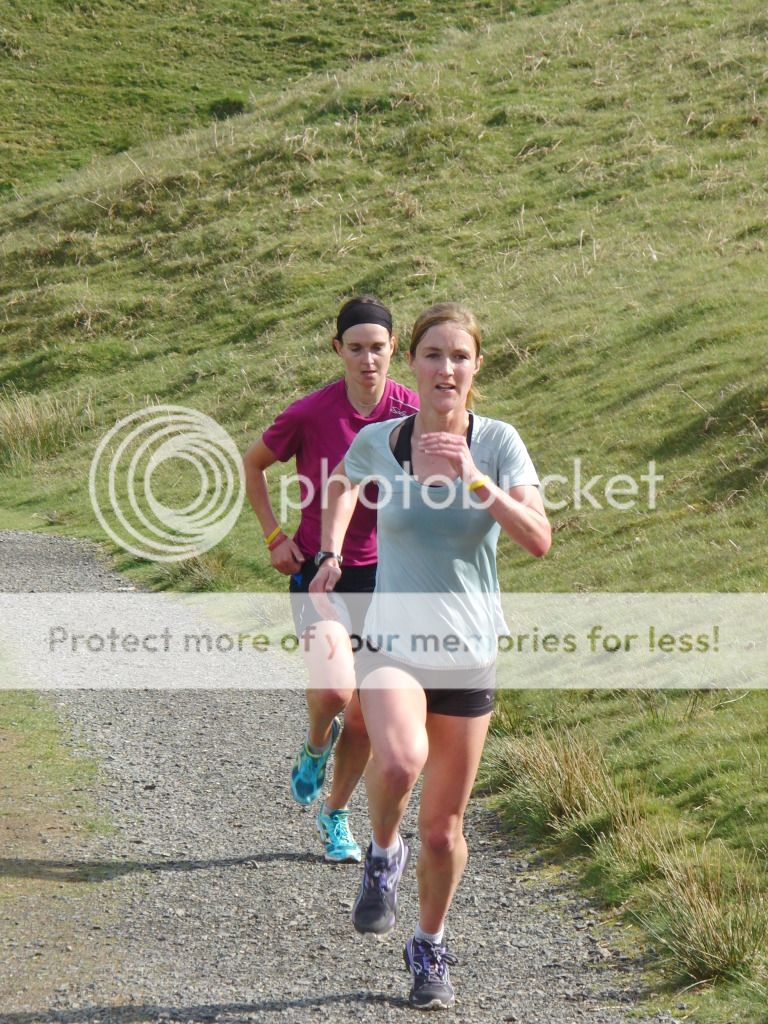Training & advice
Running uphill and down dale
What do you look for in a race? Do you scour the event calendars for races that describe themselves as "flat and fast" or do you relish the "scenic, undulating or downright hilly"?

Whether you shy away from the hills or seek out the toughest there are probably depends on how confident you are on them: not just on the climbs but on the descents too. If you struggle on the hills and find people powering on past on the climbs and thundering past on the descents you have possibly told yourself that you're not fit enough for these tough and challenging profiles but it may not be about fitness - it could be about technique.
So, let's have a look at what is requried and how it may differ from running on the flat:
Flat running requires a tall and upright posture (hips tall), relaxed backward drive of the arms and the foot landing beneath the hips - flat or on the forefoot. The even surface will help the rhythm to be steady and so the pace will be dictated by fitness levels.
Uphill running requires exactly the same running style in terms of where the body parts are in relation to each other but the terrain will guide the efficiency and pacing. The stride length shortens and the runner is required to quicken his or her cadence (rhythm) and put more bounce into each push off to power his or her way up the climb. The steeper the hill the shorter the stride length and the bouncier the rhythm. If you try to run up the hill without altering your stride length, from how it was on the flat, you may well run out of steam before the top. Most runners who find climbing difficult do so because they try to keep the same rhythm and stride length and so gradually slow down until they give up.
Downhill running. This is where things can get a bit tricky if the hill has a steep gradient. Otherwise the rules are the same as they are for flat running. However, descending often requires more control with the arms being used for balance. The foot strike should be 'active' which means landing with a flat foot so that you can push off again quickly. Having pushed off with the foot the heel comes up and underneath the buttock to clear the ground. Running downhill normally requires the heel to be picked up more quickly and higher than it does when running on the flat and certainly higher than running uphill. The body position should be with a slight lean forward.
So let's break down the uphill and downhill technique in more detail. We can break the running action down into four phases: Drive, flight, land, rear leg recovery.
Uphill

Flight -the objective is to minimise the time in the air but maximise stride distance. The stride is short to conserve energy. The knee will have been driven high and the foot should be dorsiflexed (toes pointing up towards the shin) like a sprinter so that the foot is ready to land in an 'active' position.

 Rear leg recovery - the objective is to move the rear leg into a position to become active in the next stride and to maximise flight. The drive leg is pulled off the ground with the knee leading the recovery under the body and upwards in front of the body. The foot should move into dorsiflexion under the body. the opposite arm should drive backwards, elbow first, to just past the mid-line of the body.
Rear leg recovery - the objective is to move the rear leg into a position to become active in the next stride and to maximise flight. The drive leg is pulled off the ground with the knee leading the recovery under the body and upwards in front of the body. The foot should move into dorsiflexion under the body. the opposite arm should drive backwards, elbow first, to just past the mid-line of the body.The key here is to relax and allow gravity to do the work. For this reason the drive phase is less pronounced as gravity means that the drive is forward rather than up and your cadence is dictated by how quickly gravity is moving you forwards. You should lean slightly forwards. The opposite arm will be moving forwards but arms may be held out to the side for balance.

